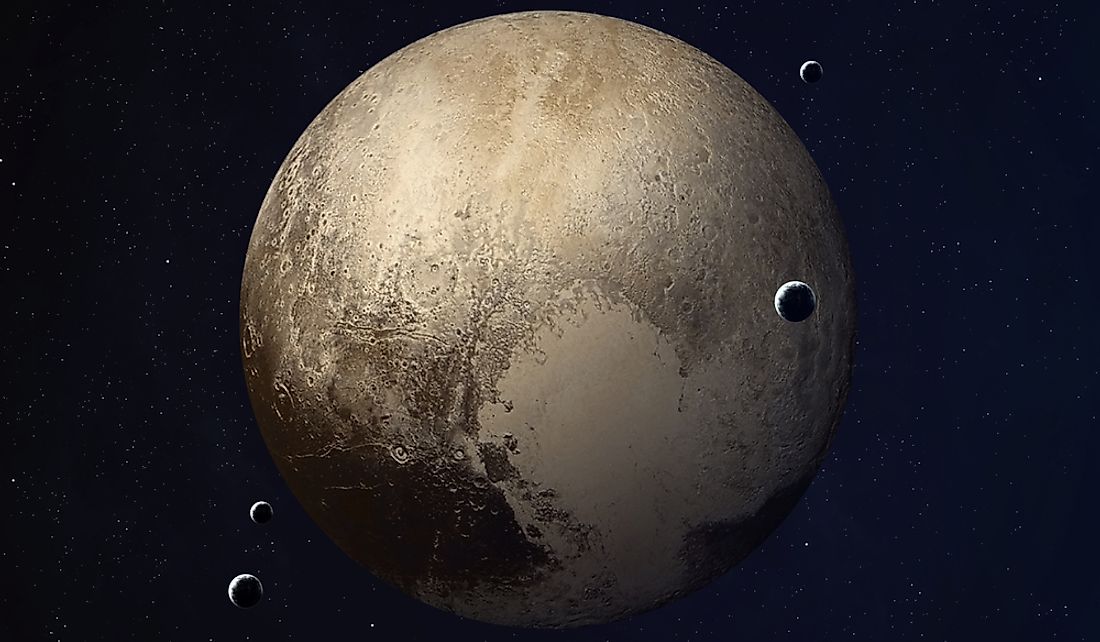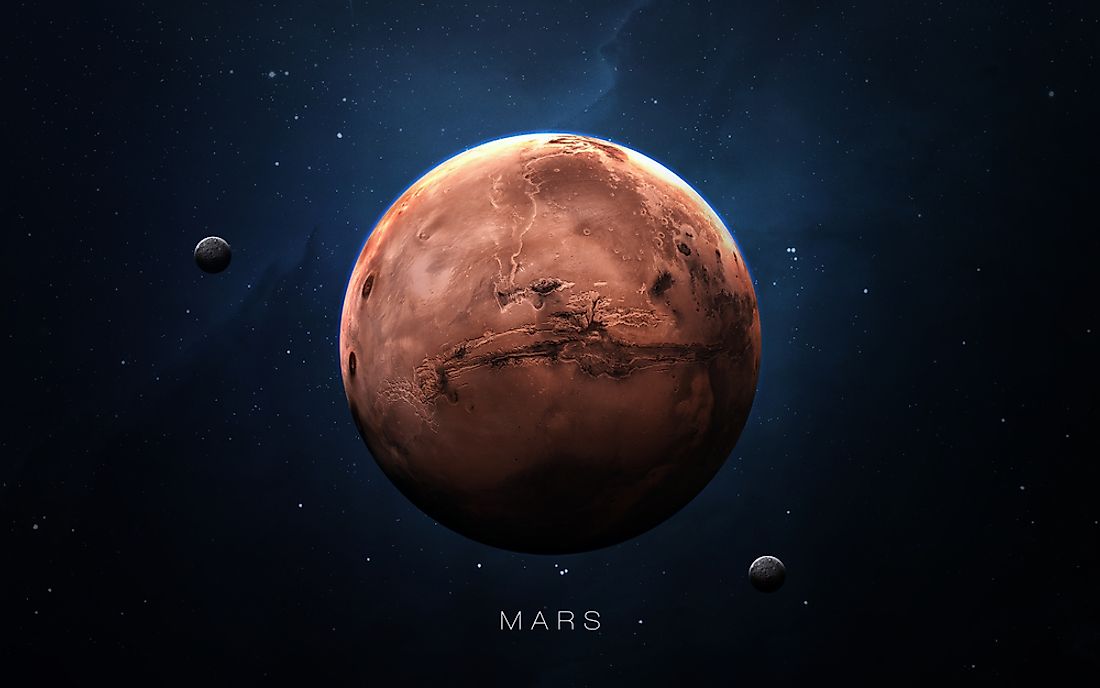Does the smallest planet in our solar system, Mercury, truly orbit the sun in solitary splendor, devoid of any lunar companions? The answer, surprisingly, is a resounding yes.
The absence of moons around Mercury isn't merely a cosmic quirk; it's a testament to the immense gravitational power of the Sun and the unique dynamics that govern the inner solar system. This celestial solitude of Mercury provides invaluable insights into the formation and evolution of planets. This article delves into the reasons behind Mercury's lack of moons, offering a comprehensive exploration of this fascinating celestial body.
| Feature | Description |
| Diameter | Approximately 4,880 kilometers (3,030 miles). |
| Orbital Period | 88 Earth days. |
| Day Length | 59 Earth days (rotation period). |
| Surface Temperature | Ranges from -173C (-280F) at night to 427C (800F) during the day. |
| Atmosphere | Virtually nonexistent; a very thin exosphere. |
| Moons | None. |
| Proximity to Sun | Closest planet to the Sun, about 58 million kilometers (36 million miles) away. |
| Surface Features | Heavily cratered surface, similar to the Moon. |
Reference: NASA Solar System Exploration
Mercury, the innermost planet, holds a unique position in our cosmic neighborhood. It is a world of extremes, a scorching, cratered sphere that orbits the sun at breakneck speed. But what makes this tiny planet particularly intriguing is its lack of any natural satellites. Unlike Earth, which has its moon, or Jupiter and Saturn, which boast dozens, Mercury stands alone. It is one of only two planets in the solar system without a moon, the other being Venus.
The absence of moons on Mercury is not a random occurrence but a direct consequence of its environment. Primarily, the planets proximity to the Sun plays a crucial role. The Sun's overwhelming gravitational pull makes it exceedingly difficult for Mercury to capture or retain a moon. Any celestial body attempting to orbit Mercury would be subject to the sun's powerful gravitational field, leading to an unstable orbit. Instead of remaining in a stable orbit, the would-be moon would likely be drawn towards the Sun or ejected into space.
Furthermore, Mercury's own gravitational field is relatively weak compared to the larger planets like Jupiter and Saturn. This means that even if a moon could somehow find itself near Mercury, the planet's gravity is insufficient to keep it in a stable orbit. The moon would either escape into space or, more likely, be pulled towards the Sun.
- Movierulz 2025 Kannada Movie Downloads What You Need To Know
- Stephanie Ruhle Stroke Rumors Fact Vs Fiction Amp Health Update Discover
To fully grasp why Mercury has no moons, it is crucial to examine the dynamics of gravitational forces at play. The Sun's gravitational dominance in the inner solar system creates an environment that is hostile to the formation or capture of moons around Mercury. The intense solar radiation and lack of any atmosphere on Mercury also contribute to this phenomenon. Without an atmosphere, there is no air drag to stabilize an object's orbit. This means any object attempting to orbit Mercury would quickly become unstable, leading to a collision or ejection.
Consider Earth and its moon. The Earth's moon is the result of a colossal impact between the early Earth and a Mars-sized object. This collision ejected debris into orbit around the Earth, which eventually coalesced to form the Moon. Mercury, however, has not experienced such a catastrophic event, nor does it possess the gravitational strength to capture and hold onto debris from such an event.
On the other end of the spectrum, Jupiter, a gas giant, boasts a vast collection of moons. These moons were either captured by Jupiter's massive gravity or formed from a disk of debris that surrounded the planet during its formation. Mercury, being far smaller and located much closer to the Sun, lacks the necessary conditions for moon formation or capture.
Throughout history, astronomers have speculated about the possibility of moons orbiting Mercury. But, advances in observational capabilities, including modern telescopes and space missions, have provided a clear picture. These advancements have definitively confirmed that Mercury has no natural satellites. Early observations were hampered by Mercury's proximity to the sun, making it difficult to detect any objects orbiting the planet.
However, modern telescopes and dedicated space missions have revealed more about Mercury and its surroundings. The MESSENGER spacecraft, which orbited Mercury from 2011 to 2015, provided invaluable data about the planet's surface, composition, and environment. Key findings of the mission included the confirmation that Mercury has no moons. The spacecrafts instruments mapped the planets gravitational field, further confirming the conclusion that Mercury cannot support moons.
The BepiColombo mission, a joint endeavor of the European Space Agency (ESA) and the Japan Aerospace Exploration Agency (JAXA), is another significant project aiming to study Mercury in detail. The BepiColombo mission will provide deeper insights into the planet's composition, magnetic field, and gravitational dynamics. The mission aims to further elucidate why Mercury lacks moons.
Several myths and misconceptions persist regarding Mercurys moons. One common misconception is that Mercury has a moon called "Caloris." However, the Caloris Basin is actually a large impact crater on Mercurys surface, not a moon. Another misconception is that Mercury's lack of moons is solely due to its small size. However, the Sun's overwhelming gravitational influence is a more significant factor.
Space exploration technology continues to advance, promising further detailed studies of Mercury in the future. The ongoing BepiColombo mission, for example, will offer new data about the planet's interior structure, magnetic field, and gravitational environment. These studies may help us better understand why Mercury lacks moons, and how this affects its overall role in the solar system.
Future missions may also focus on comparative studies between Mercury and other planets like Venus. These comparative approaches could lead to new discoveries about planetary formation and evolution.
- Movierulz Kannada 2024 Your Guide To Kannada Movies Beyond Your Website Name
- X Hamsters The Ultimate Guide To Care Happiness

